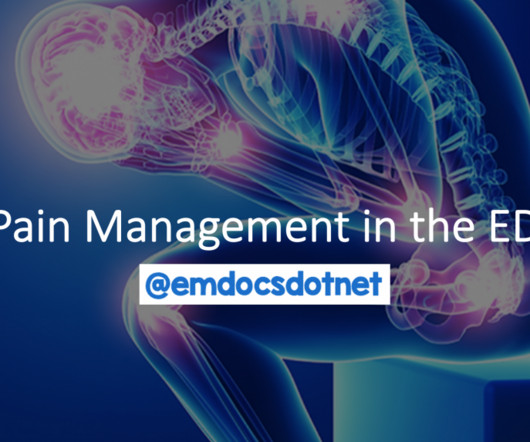MI in Children
Pediatric Emergency Playbook
JUNE 1, 2017
The previously well child now decompensated: undiagnosed thrombophilia Asymptomatic patent foramen ovale (PFO) is the cause of some cases of cryptogenic vascular disease, such as stroke and MI. Fontan Operation and the Single Ventricle. 2006; 87:e168-e171. Harm Reduction Journal, 2006; 3(14):1-18. Congenit Heart Dis.













Let's personalize your content